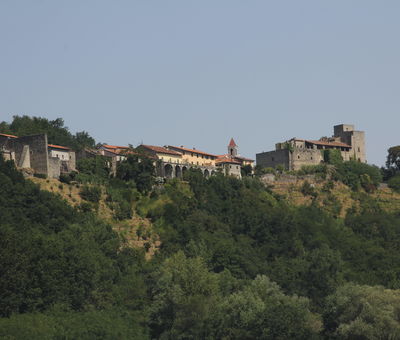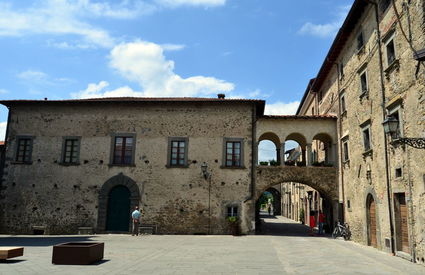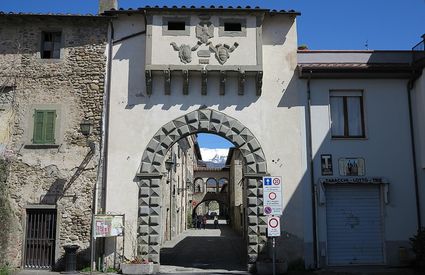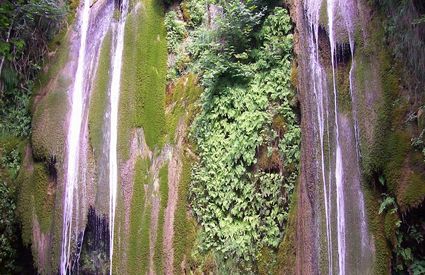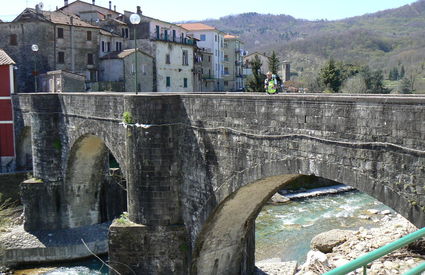Chapter #1
Back from the Crusades
“Lealville”, wrote Philip Augustus, king of France when returning from the third crusade in 1191, speaking of the village we know today as Villafranca. The king of France travelled along the Via Francigena, making this a fundamental hub over the centuries with the name probably referring to the presence of a market.
Until the end of the feudal era, these areas were the kingdom of the Malaspina. Its fate was determined by a series of family events, including the patrimonial divisions between the two branches of the family, Spino Secco and Spino fiorito, in 1221.
The lordship of the Malaspina lasted until the Napoleonic conquest of Italy, which led to the abolition of the imperial fiefdoms and marked the beginning of the first municipalities.


